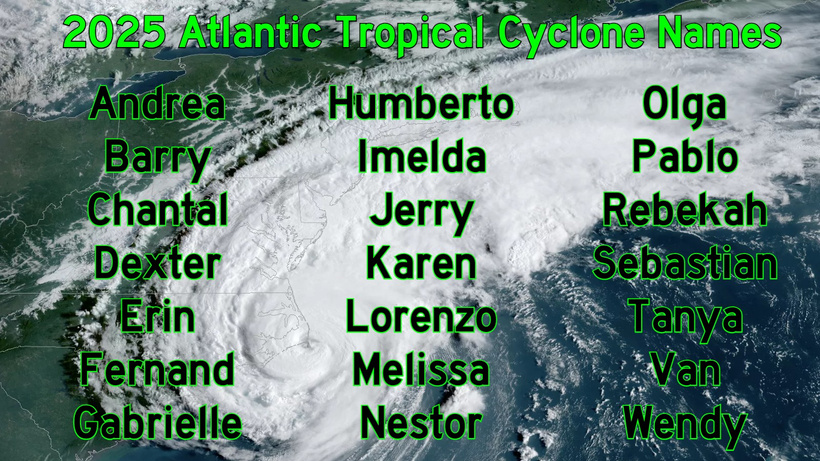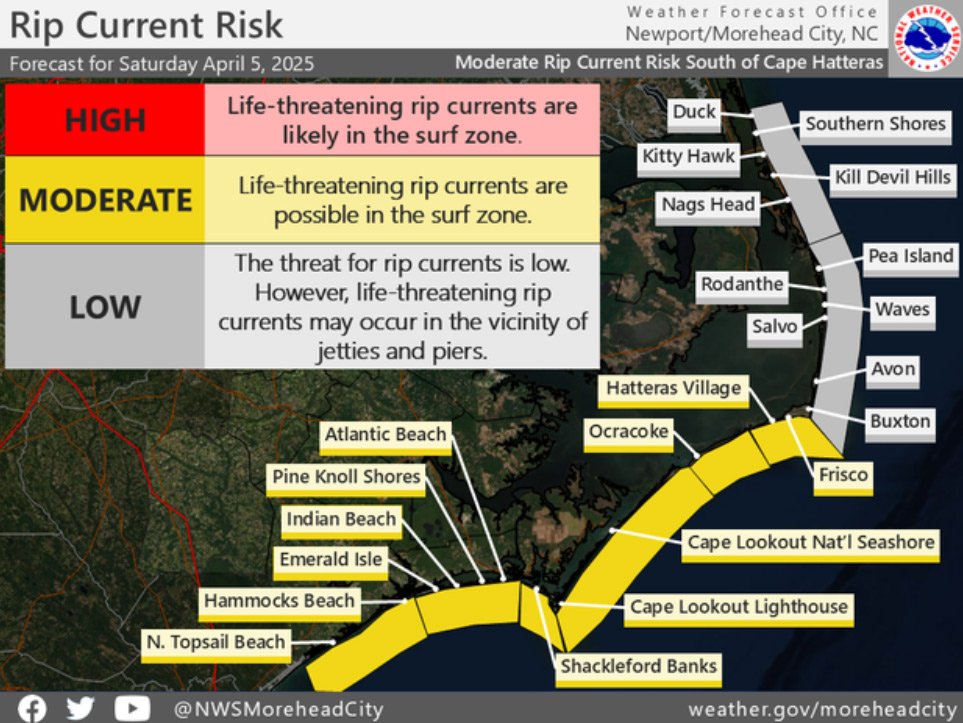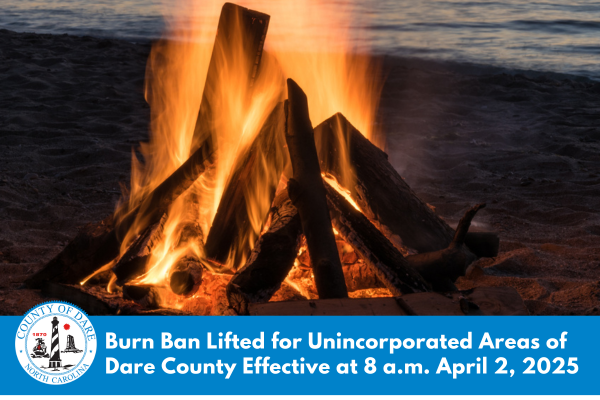Running ferries will be a challenge until dredge gets to Hatteras Inlet
Residents and travelers who use the Hatteras-Ocracoke ferry can expect to see some relief in the Rollinson Channel sometime after mid-October.
Roger Bullock, chief of navigation for the U.S. Army Corps of Engineers, confirmed Monday in an interview that the pipeline dredge Richmond is scheduled to makes its way to the Hatteras Inlet channel after it finishes dredging in Ocracoke, which will be mid-October.
Hatteras Inlet has been plagued with heavy shoaling –or sand buildup — since Hurricane Irene tore up the Outer Banks in late August 2011. Ocracoke Inlet has escaped the heavy shoaling.
However, Bullock said reason the dredge did not go to Hatteras first was financial, noting that when the bid was sent out, the corps did not include a preferred schedule in order to get the best price with a limited budget.
“We felt we wouldn’t get as great a price if we had included an ‘order of work’,” he said. “The contract price was pretty much what we budgeted for.”
That contract price is around $3.4 million, he said.
Bullock was speaking from Jacksonville, Fla., explaining that he has been all over the East Coast in the last four weeks on business regarding the Corps’ shallow-draft dredges, such as the side-caster Merritt, which was last at Hatteras in May.
Dredging the Big Foot Slough by the Cottrell Contracting Corporation of Chesapeake, Va., in the channel west of Ocracoke will take 20 days, weather permitting, from the day it started Sept. 7, Bullock said.
After it dredges for four days in Silver Lake, the Richmond will pack up and take a day to travel to Hatteras Inlet. After a few days of setting up, the dredging will begin.
In the meantime, the ferry captains are using all of their skills to thread ferries through the ever-narrowing waterway between the islands, said Jed Dixon, deputy director for the North Carolina Department of Transportation Ferry Division.
In recent weeks, ferries have bumped bottom a few times, especially during low tide between channel markers 9 and 10B, and even suspended service, he said.
“Any time we bump bottom, we have to report it to the Coast Guard,” Dixon said, noting that bumping bottom has happened “fairly frequently” in the last month.
The most recent incident was Sunday night, he added, when the ferry missed its 10 and 11 p.m. runs due to shallowness from the low tide and southwest winds.
“Some charter boats and private traffic got grounded and blocked the ferry,” Dixon said. When that happens, the ferries turn around and go back.
When the dredge arrives, Dixon said it should be there long enough to dig the channel out to the project depth of 12 feet. The shallowest area now is 6 feet, he said.
Dixon, who was a ferry captain for nine years, is as eager as travelers for the dredge to get to Hatteras Inlet and clear the sand in the ever-changing underwater highway.
“Our guys are doing the best they can with the conditions we have,” he said. The Coast Guard also has moved some of the channel markers around, “but we’re running out of room.”
Dixon advised ferry travelers to visit the ferry division website www.ncferry.gov, follow ferry advisories on Twitter, or call the Hatteras ferry operations office for updates as to channel conditions and ferry suspensions at 252-986-2353.













